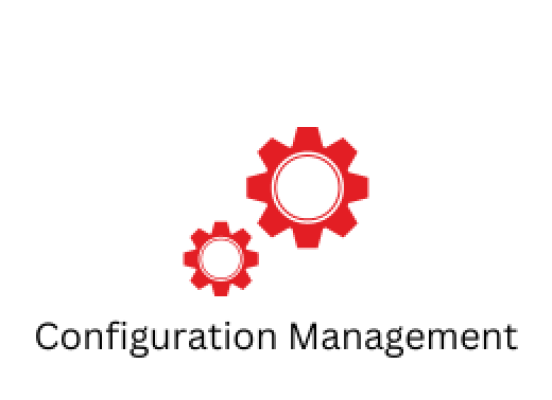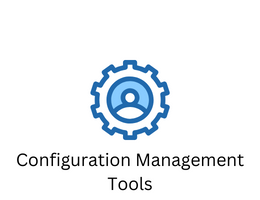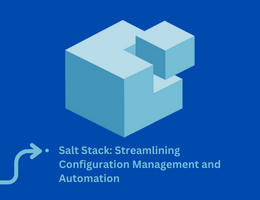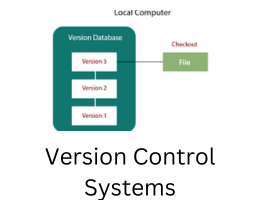
Introduction to Configuration Management
- By admin --
- Friday, 27 Oct, 2023
Introduction to Configuration Management
Configuration Management (CM) is a critical discipline within the realms of software development, systems administration, and various engineering domains. It plays a fundamental role in ensuring the reliability, consistency, and traceability of configurations within complex systems. This article provides a comprehensive introduction to Configuration Management, covering its definition, significance, core principles, and the various tools and practices associated with it.
Defining Configuration Management
Configuration Management, often abbreviated as CM, is the practice of systematically managing and controlling changes to a system's components, whether they are software, hardware, documentation, or any other tangible or intangible element. The primary objective of CM is to maintain a system's desired state throughout its lifecycle, ensuring that it performs reliably, securely, and efficiently. This encompasses both initial configuration and ongoing changes.
At its core, Configuration Management seeks to answer a few essential questions:
-
What is in the system? This refers to an inventory of all the components that make up the system. In software development, it might include source code, libraries, and dependencies, while in systems administration, it could involve servers, network devices, and their configurations.
-
How are these components related? CM helps establish the relationships and dependencies among system components. Understanding these connections is vital for ensuring that changes in one component do not inadvertently affect others.
-
What has changed and why? CM tracks changes to system components and provides a rationale for these changes. This history of changes is valuable for troubleshooting, auditing, and compliance.
-
Can we reproduce the system at any point in time? An important aspect of CM is the ability to recreate or restore a system's state at any given point in time. This is especially crucial in disaster recovery scenarios and for maintaining consistent development and testing environments.
Significance of Configuration Management
Configuration Management holds significant importance in various domains for several compelling reasons:
-
Enhanced Reliability: By maintaining a consistent and known state of the system, CM reduces the risk of unexpected failures and errors, contributing to improved system reliability.
-
Efficient Troubleshooting: CM helps in pinpointing the causes of issues by tracking changes. When something goes wrong, it becomes easier to identify what change might have triggered the problem.
-
Improved Collaboration: In collaborative projects, CM ensures that team members are working with the same version of code or system configurations, reducing compatibility issues and misunderstandings.
-
Compliance and Auditing: For organizations subject to regulations and standards (such as HIPAA or ISO 9001), CM assists in maintaining compliance by providing an auditable record of system changes.
-
Scalability and Growth: As systems expand and evolve, CM helps manage the complexity associated with these changes, allowing organizations to scale efficiently.
-
Time and Cost Savings: Effective CM practices save time by automating repetitive tasks, such as system provisioning and deployment. This, in turn, reduces operational costs.
Core Principles of Configuration Management
Configuration Management is built upon several fundamental principles:
-
Identification: Every component within a system is uniquely identified. This involves naming conventions, versioning, and labeling to ensure that each element is distinguishable.
-
Change Control: Changes to the system's configuration are managed through a structured process. This often includes change requests, approvals, and documentation.
-
Status Accounting: The state of the system, including the configuration of all its components, is recorded and maintained. This is essential for tracking changes and ensuring reproducibility.
-
Auditing and Verification: Regular audits and checks are performed to verify that the actual configuration matches the desired or documented configuration.
-
Baseline Management: A baseline represents a known, stable configuration of the system. CM maintains multiple baselines over time, each corresponding to a specific point in the system's development or operational cycle.
Tools and Practices in Configuration Management
Configuration Management relies on various tools and practices to implement its principles effectively. Some of the key elements include:
-
Version Control Systems (VCS): VCS, such as Git, SVN, or Mercurial, are essential for managing changes in software development. They track code changes, facilitate collaboration, and provide a history of modifications.
-
Infrastructure as Code (IaC): IaC tools like Terraform and Ansible allow system administrators to define and manage infrastructure using code. This approach brings automation, consistency, and version control to infrastructure provisioning.
-
Change Management Software: Tools like Jira and ServiceNow are used for managing change requests, approvals, and tracking the progress of changes within an organization.
-
Continuous Integration/Continuous Deployment (CI/CD): CI/CD pipelines automate the testing, building, and deployment of software, ensuring that changes are consistently applied and that new code can be deployed with minimal manual intervention.
-
Configuration Management Databases (CMDBs): CMDBs store detailed information about configuration items (CIs) in a system. They help with asset management, impact analysis, and change tracking.
-
Security and Compliance Tools: Security-focused CM tools, such as Nessus and SecurityCenter, help organizations implement security policies, identify vulnerabilities, and maintain compliance.
-
Documentation and Documentation Tools: CM relies heavily on comprehensive and well-maintained documentation, which might include system architecture diagrams, configuration files, and change logs.
Conclusion
In conclusion, Configuration Management is a vital discipline that ensures the stability, reliability, and consistency of complex systems and software. By systematically managing changes, documenting configurations, and employing automation, CM minimizes the risks associated with system evolution, enhances collaboration, and promotes compliance with industry standards and regulations. Whether you are a software developer, a system administrator, or involved in any field where configurations matter, understanding and implementing Configuration Management principles can lead to more efficient and reliable outcomes.





